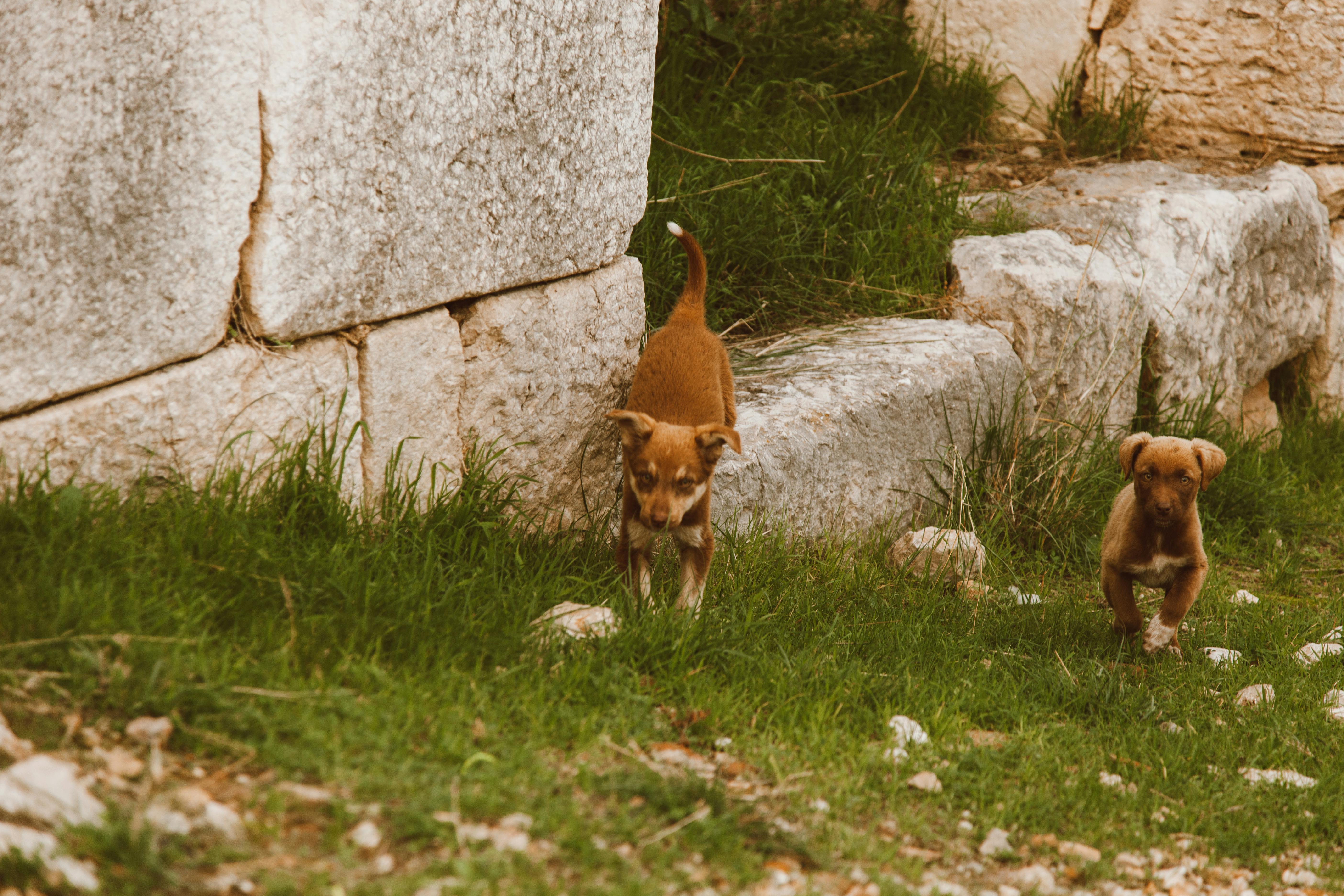Unravelling the Origins: The Ancestral Homeland of Dogs

Unravelling the Origins: The Ancestral Homeland of dogs
Human history has been inextricably linked with that of dogs. From guardians and hunters to companions, dogs have played diverse roles in human society. But where did these faithful animals first appear? Unveiling the ancestral homeland of dogs not only fascinates us but also provides important insights into human history and migration.
The Quest to Identify the Birthplace of Dogs
Pinpointing the exact origin of dogs has been a subject of considerable scientific debate. However, scientific studies and genetic research have given us significant clues. The domestication of dogs from their wolf ancestors is an event steeped in antiquity, with estimates dating back approximately 20,000 to 40,000 years ago. While it is widely accepted that dogs were first domesticated from wolves, the precise location where this monumental transition occurred is still under scrutiny.
Evidence from Genetics and Archaeology
Genetic studies play a pivotal role in tracing the lineage of dogs. Research involving the analysis of canine DNA suggests that the first domestication events likely occurred in regions corresponding to modern-day Central Asia, specifically Mongolia and Nepal. Furthermore, archaeological discoveries, including ancient canine bones, support the theory that dogs have been associated with human societies in Asia for thousands of years.
Other Regions: Expansion and Diversification
While the genetic evidence points towards Central Asia as a significant area for the genesis of dog domestication, other regions including the Middle East and Eastern Europe also show early signs of domesticated dogs. This highlights a pattern of simultaneous or successive domestication events across various parts of Eurasia, or perhaps the movement of already domesticated dogs alongside human migrations.
In Europe, prehistoric dog remains have provided evidence for the presence of domesticated dogs dating back to the Neolithic era, suggesting that as human societies shifted from hunting and gathering to farming, dogs adapted alongside them, acquiring roles that extended beyond companionship, such as herding and guarding.
Cultural Impact and the Human-Canine Bond
The domestication of dogs was not a singular event but a process that unfolded over millennia, influenced by and influencing human cultures. Each region with early evidence of domesticated dogs shows unique relationships between humans and canines, indicating that the roles and significance of dogs varied widely across different societies.
Indigenous folklore and historical texts from these areas provide cultural insights into the bond between humans and dogs, reinforcing the belief that dogs were not merely animals but integral parts of societal and familial units.
Conclusion: A Journey Through Time and Space
The origin of dogs, much like the animals themselves, is a tale that spans vast geographies and periods. While Central Asia emerges as a strong candidate for the initial domestication site, the widespread evidence across continents reflects a deeper, more interconnected story of human and canine evolution. As research continues, our understanding of this historic bond will undoubtedly grow, further revealing the profound impact dogs have had on human development and vice versa.